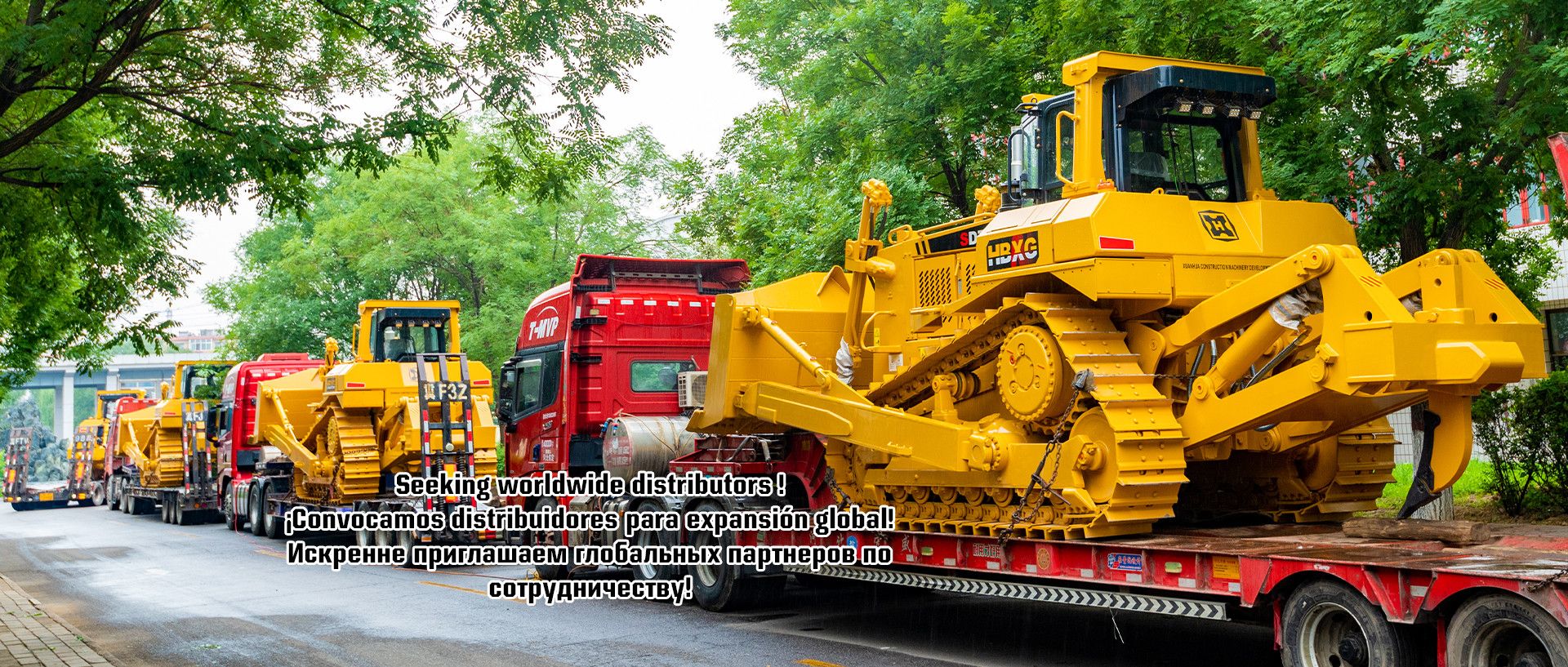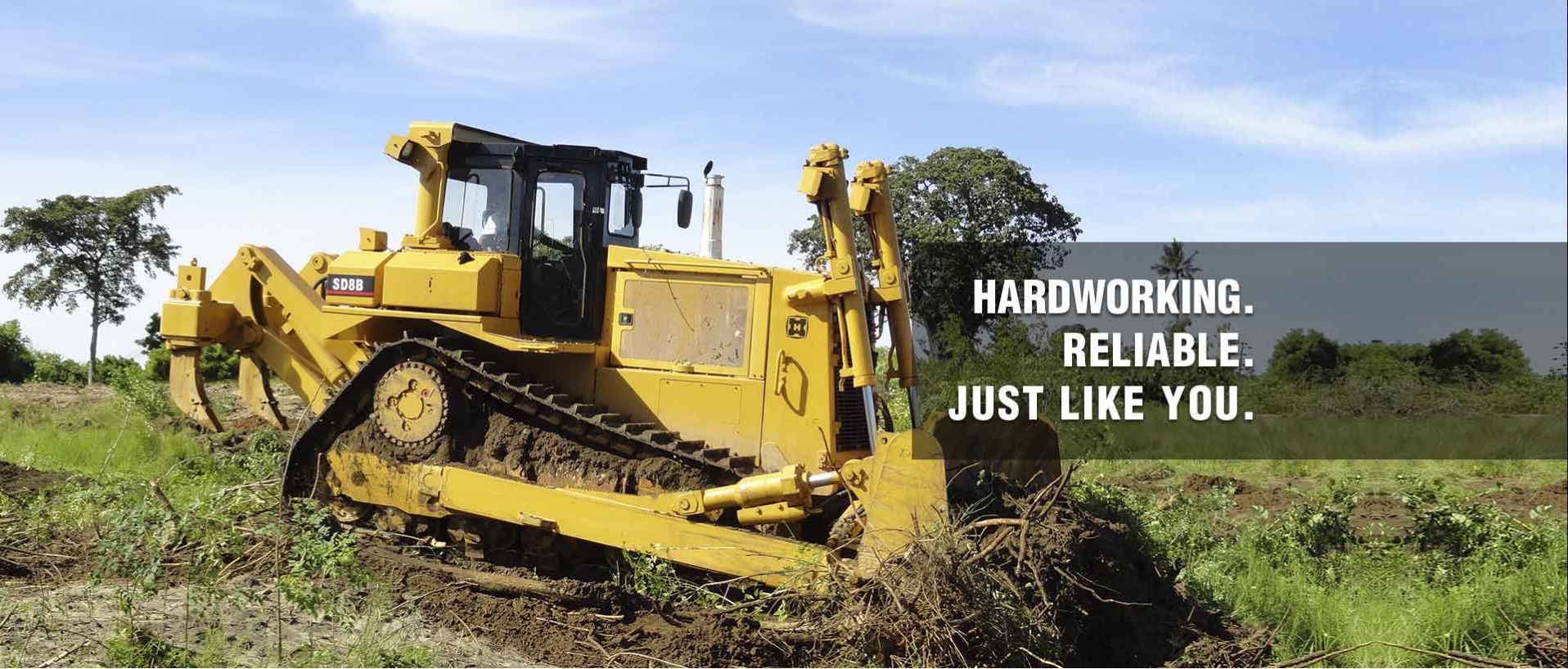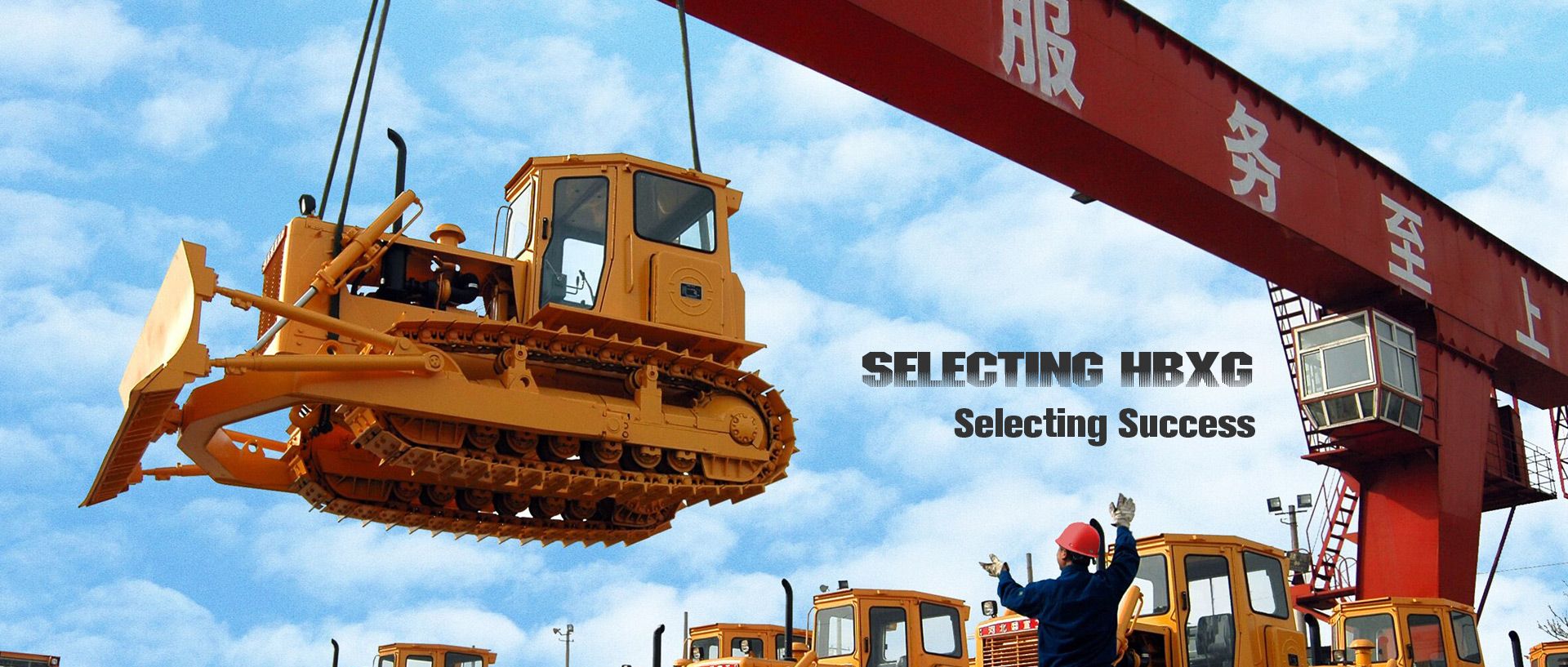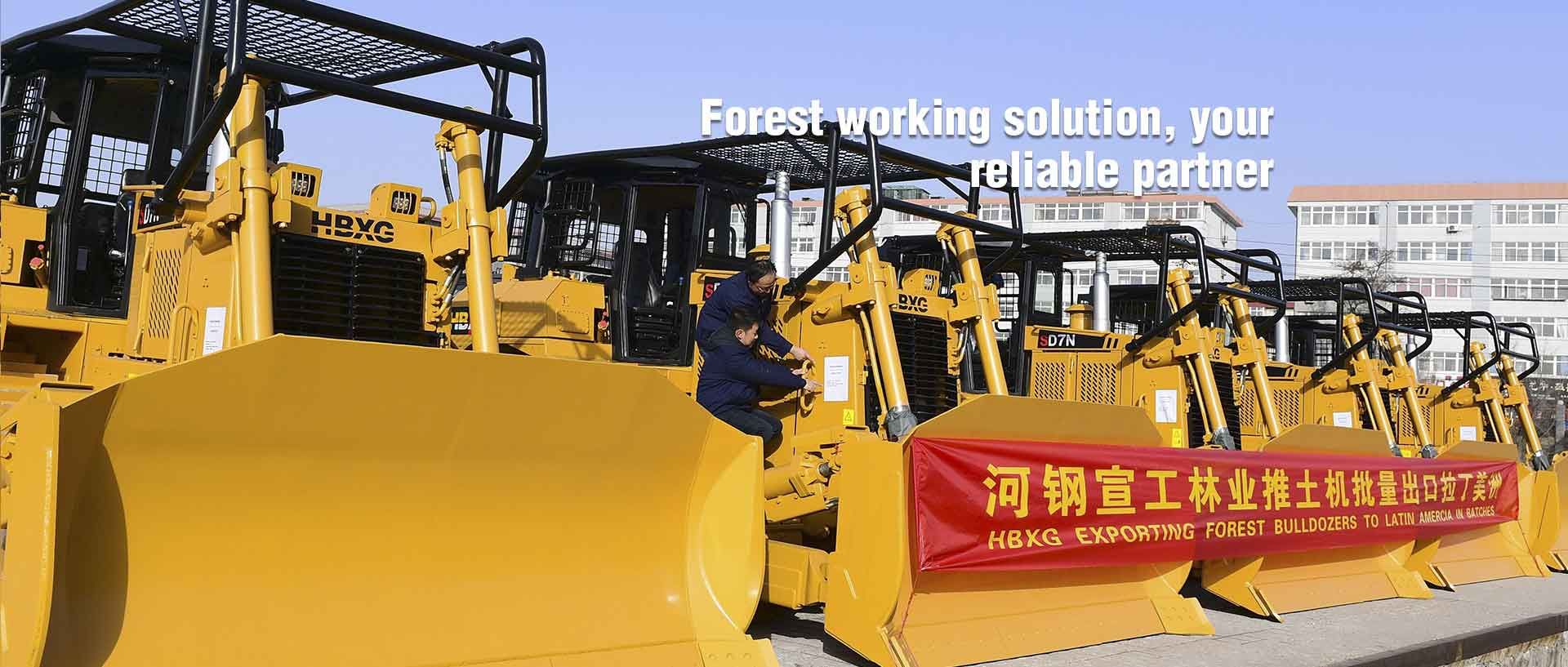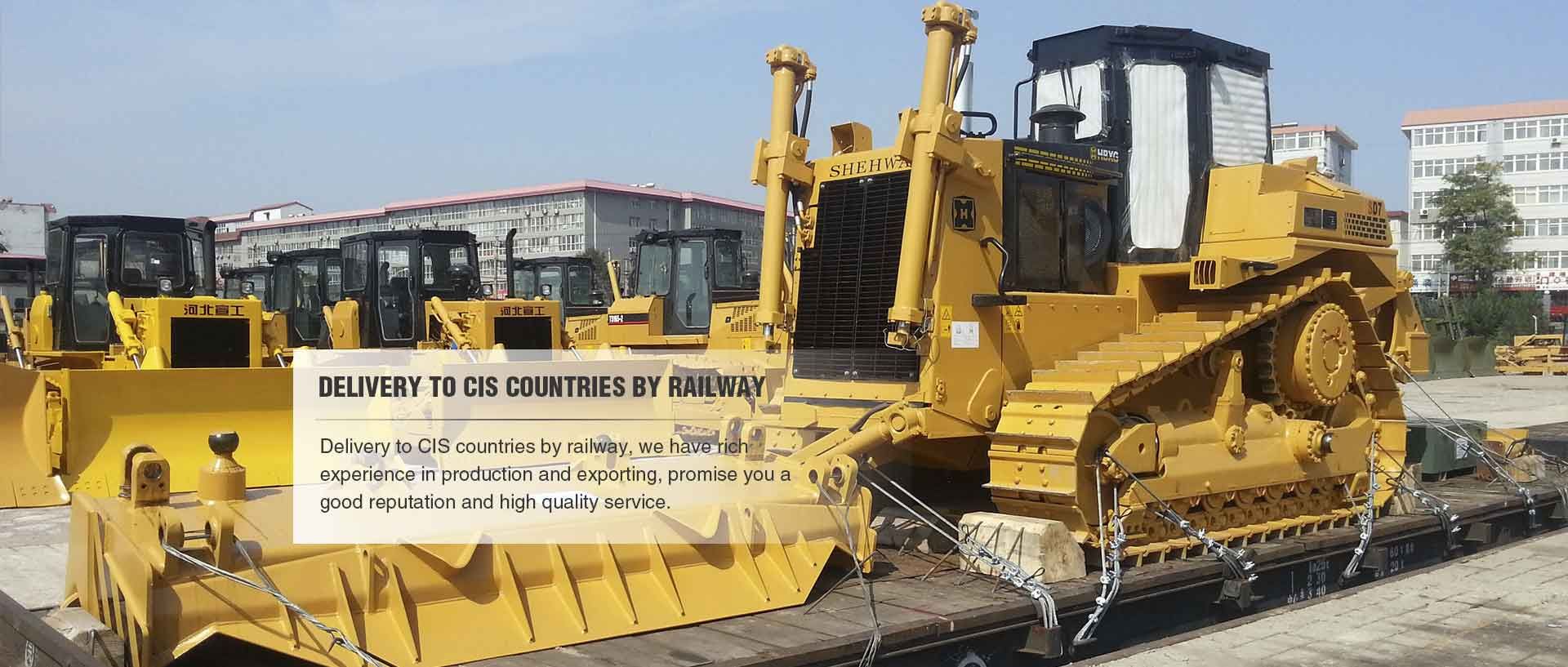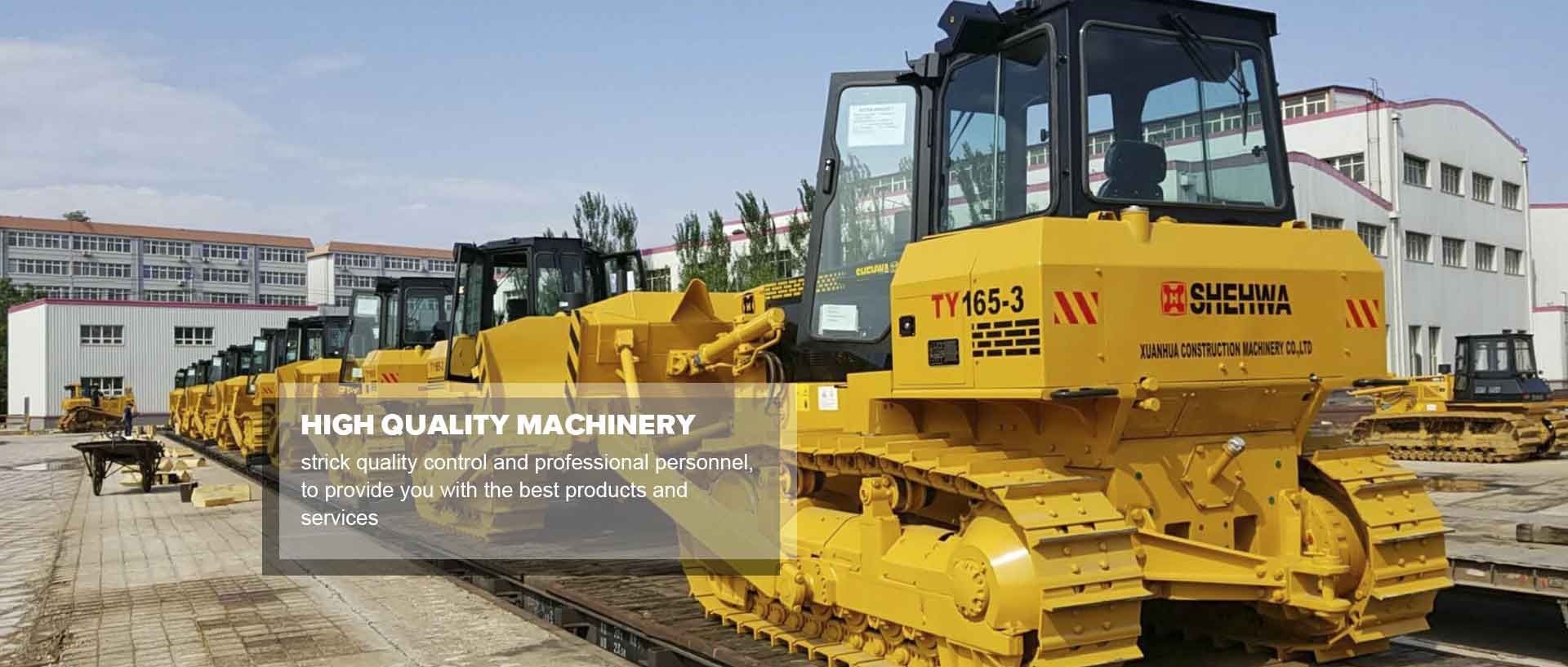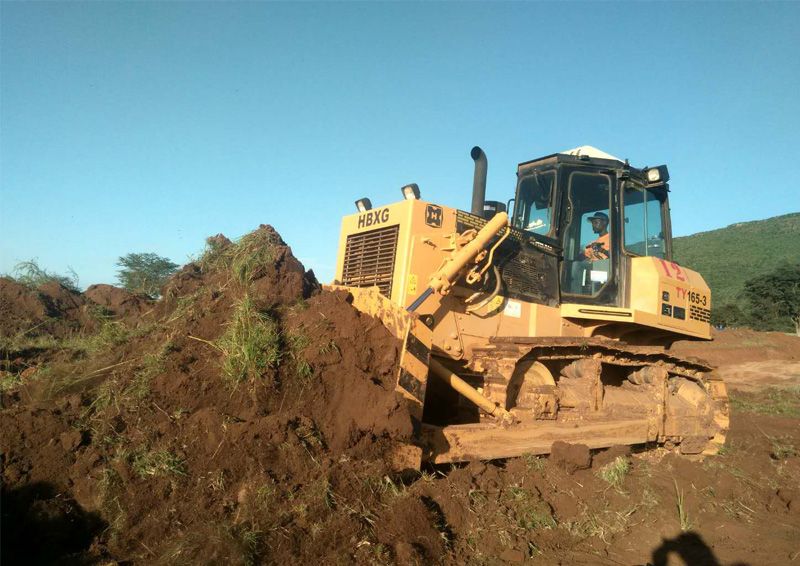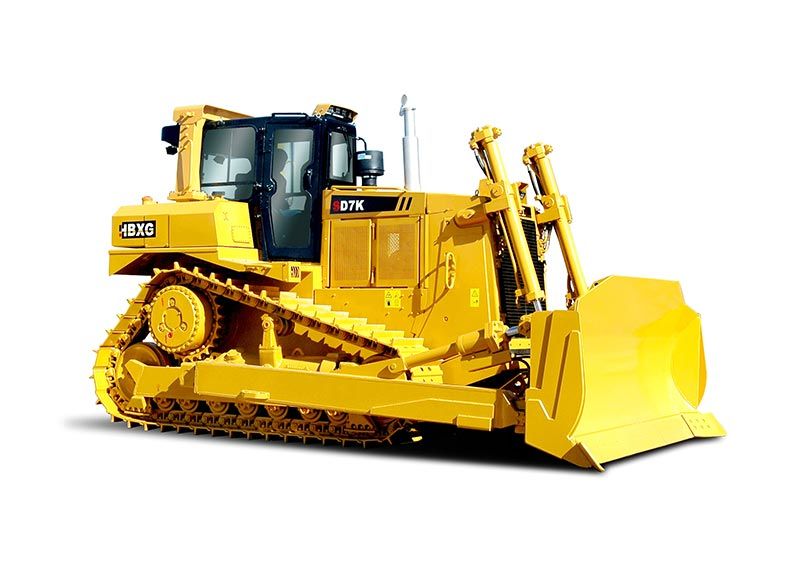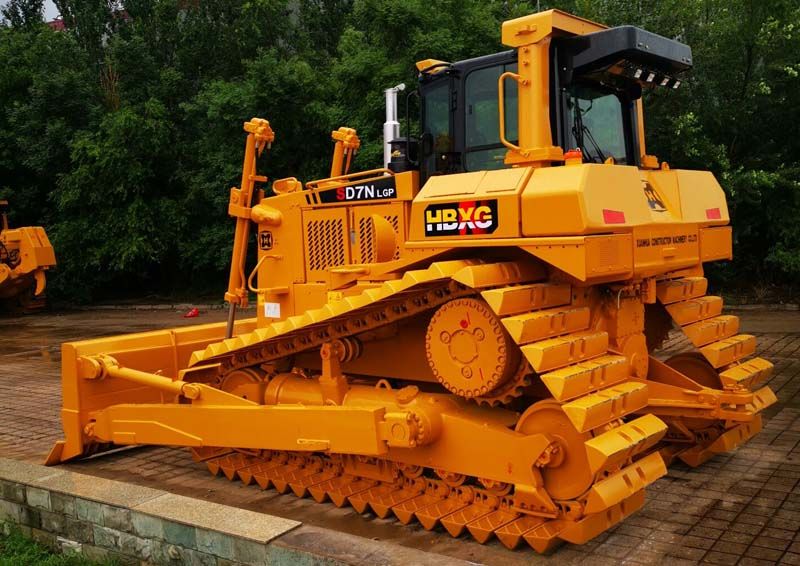The Ultimate Guide to Bulldozer Maintenance
 Aug. 19, 2024
Aug. 19, 2024
Bulldozers are essential machines on construction sites, known for their ability to move large amounts of earth, clear land, and perform a variety of heavy-duty tasks. To keep these powerful machines running smoothly and efficiently, regular maintenance is crucial. This ultimate guide will walk you through the key aspects of bulldozer maintenance, ensuring longevity, performance, and safety on the job site.
Understanding the Importance of Bulldozer Maintenance
Regular maintenance of a bulldozer is not just about keeping the machine operational; it’s about preventing costly repairs, avoiding downtime, and extending the life of the equipment. Proper maintenance ensures that the bulldozer can handle the toughest jobs without unexpected failures, which can be both dangerous and expensive. A well-maintained bulldozer also operates more efficiently, saving fuel and reducing operating costs.
1. Daily Inspection and Basic Checks
Performing daily inspections is one of the most effective ways to maintain your bulldozer. Before starting the machine each day, operators should conduct a thorough walk-around inspection, checking for any visible signs of wear, damage, or leaks. Key areas to inspect include:
Hydraulic hoses and connections
Undercarriage components, such as tracks, rollers, and idlers
Blade and attachments for cracks or excessive wear
Engine oil level, coolant level, and fuel levels
Tires (for wheeled bulldozers) or tracks for proper tension
Addressing minor issues during these inspections can prevent major problems later on, keeping the bulldozer in top condition.
2. Regular Lubrication of Moving Parts
Lubrication is critical to reducing friction and preventing wear on a bulldozer's moving parts. Key components that require regular lubrication include the undercarriage, pivot points, and hydraulic systems. Follow the manufacturer’s guidelines for the type of lubricant to use and the frequency of application. Neglecting lubrication can lead to accelerated wear, resulting in costly repairs and downtime.
3. Monitoring and Replacing Fluids
Fluids play a vital role in keeping the bulldozer’s engine, hydraulics, and other systems running smoothly. Regularly check and replace fluids, including engine oil, hydraulic fluid, coolant, and transmission fluid. Over time, these fluids can degrade, become contaminated, or lose their effectiveness, leading to decreased performance and potential damage to the machine. Use high-quality fluids that meet the manufacturer's specifications for the best results.
4. Maintaining the Undercarriage
The undercarriage is one of the most critical components of a bulldozer, as it bears the brunt of the machine's weight and the stress of operation. Regular inspection and maintenance of the undercarriage can prevent excessive wear and prolong its lifespan. Key maintenance tasks include:
Cleaning the undercarriage to remove dirt, mud, and debris
Inspecting tracks, rollers, idlers, and sprockets for wear or damage
Adjusting track tension to the correct specifications
Replacing worn-out components promptly to avoid further damage
Proper undercarriage maintenance can significantly reduce operating costs and extend the life of your bulldozer.
5. Checking and Replacing Filters
Filters are essential for keeping the bulldozer’s engine, hydraulic system, and fuel system free of contaminants. Regularly check and replace air filters, oil filters, hydraulic filters, and fuel filters according to the manufacturer's schedule. Clogged or dirty filters can reduce performance, increase fuel consumption, and lead to premature wear on the machine’s components. Keep a supply of replacement filters on hand to ensure timely changes.
6. Maintaining the Electrical System
The electrical system is another critical area that requires regular attention. Inspect the battery, wiring, and connections for signs of corrosion, wear, or damage. Ensure that the battery is properly charged and that all electrical components, such as lights and gauges, are functioning correctly. Regular maintenance of the electrical system can prevent unexpected breakdowns and ensure the bulldozer is ready for operation.
7. Regular Engine Maintenance
The engine is the heart of the bulldozer, and keeping it in peak condition is essential for the machine's overall performance. Regularly inspect and maintain the engine by:
Checking and replacing engine oil as per the manufacturer’s schedule
Inspecting the air intake system and cleaning or replacing air filters
Checking the cooling system and maintaining proper coolant levels
Inspecting the exhaust system for leaks or damage
Following these steps will help keep the engine running efficiently and reduce the risk of costly repairs.
8. Proper Storage and Protection
When the bulldozer is not in use, proper storage is essential to protect it from the elements and prevent deterioration. Store the machine in a dry, covered area to protect it from rain, snow, and extreme temperatures. If storing the bulldozer for an extended period, follow the manufacturer’s guidelines for long-term storage, which may include draining fluids, disconnecting the battery, and covering the machine to prevent dust and debris from accumulating.
Frequently Asked Questions About Bulldozer Maintenance
Q: How often should I perform maintenance on my bulldozer?
A: Maintenance frequency depends on the manufacturer's recommendations and the machine's usage. Daily inspections should be performed before each use, while more extensive maintenance, such as fluid changes and filter replacements, should be done according to the schedule provided in the bulldozer's manual.
Q: What are the most common causes of bulldozer breakdowns?
A: Common causes of bulldozer breakdowns include lack of lubrication, poor fluid maintenance, neglect of the undercarriage, and ignoring signs of wear and damage. Regular maintenance and timely repairs are key to preventing these issues.
Q: Can I perform bulldozer maintenance myself, or should I hire a professional?
A: While daily inspections and basic maintenance tasks can be done by operators, more complex tasks, such as engine overhauls or hydraulic system repairs, should be performed by trained professionals. Always follow the manufacturer’s guidelines and consider professional help for tasks beyond your expertise.
Q: How can I extend the life of my bulldozer?
A: To extend the life of your bulldozer, perform regular maintenance, use high-quality parts and fluids, avoid overloading the machine, and operate it according to best practices. Proper storage and protection from the elements also play a significant role in prolonging the machine's lifespan.
By following this ultimate guide to bulldozer maintenance, you can ensure your machine remains in top condition, ready to handle the toughest jobs with efficiency and reliability. Regular maintenance not only protects your investment but also enhances safety and productivity on the job site.
Contact our team today if you have any questions at all. We are always really keen to help in any way that we can. For more information, please visit https://www.hbxgdozer.com.















